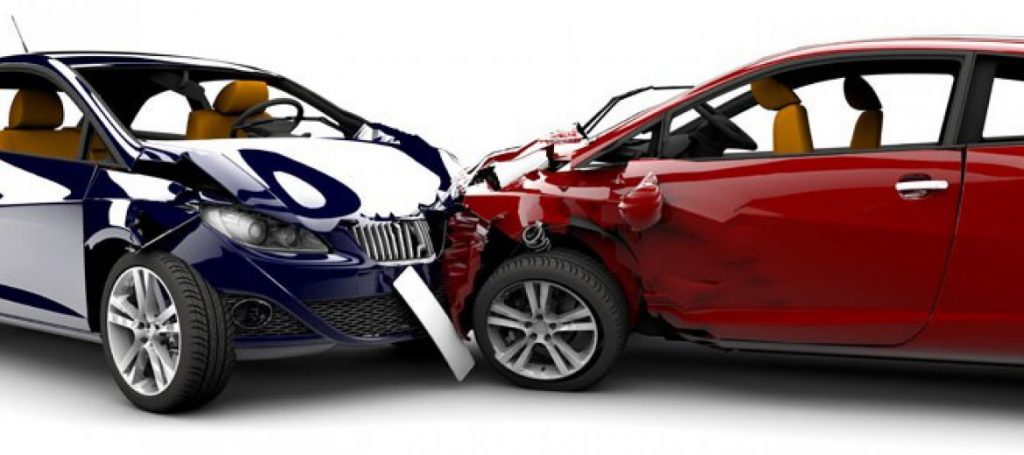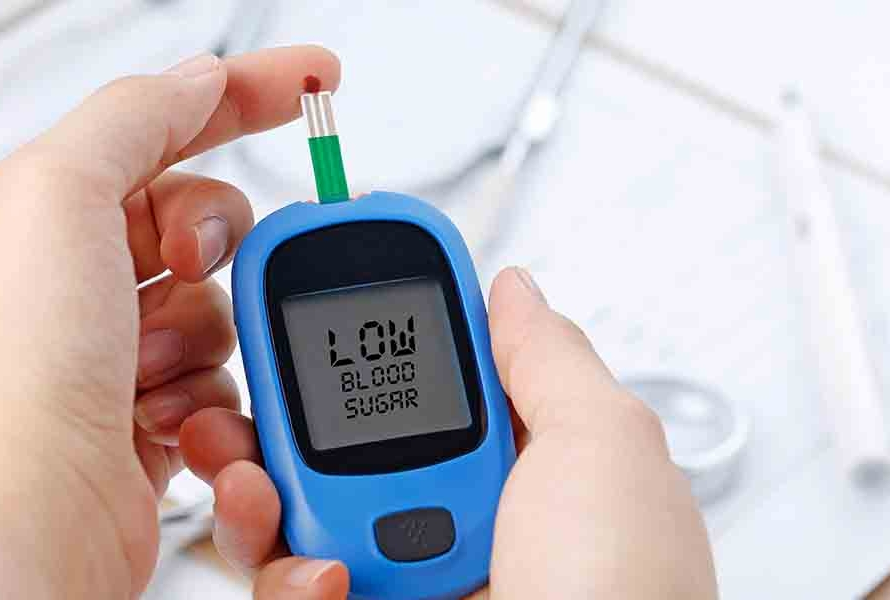Traffic accidents not only cause loss of life and injuries, but also cause material damage to vehicles and cause economic losses to vehicle owners. One of these losses is loss of value. Loss of value is a situation where the market value of a vehicle involved in an accident decreases despite being repaired. Vehicle owners are entitled to compensation for this loss of value when they are involved in an accident as a non-fault party. Loss of value compensation is a right provided within the legal framework in order for the aggrieved party to maintain the market value of the vehicle before the accident.
Depreciation compensation aims to compensate the financial loss suffered by the aggrieved party in traffic accidents. Even if a vehicle is repaired after an accident, vehicles with a history of accidents are sold at a lower price on the second-hand market. Insurance companies or the at-fault party’s insurance are obliged to compensate the victim for this loss. However, in order to receive compensation for loss of value, certain conditions must be met and legal procedures must be followed correctly.
What is Loss of Value?
Depreciation is a decrease in the market value of a vehicle due to its history of accidents. While a vehicle maintains its market value with its original parts and paint, it loses this value if it is involved in an accident and repaired. The fact that the vehicle has been damaged and repaired causes it to be sold at lower prices in the second-hand market. For example, no matter how well a vehicle has been repaired, buyers generally prefer vehicles with no accident history.
Vehicle depreciation is calculated as the difference between the pre- and post-accident market values. Compensation for this loss aims to cover the financial loss of the aggrieved vehicle owner. However, the calculation of the loss in value depends on many factors and takes into account factors such as the age, mileage, make and model of the vehicle.
Who is the Loss of Value Compensation Applicable to?
Compensation for loss of value applies to parties who are victims of traffic accidents and who are at fault or less at fault. In order to benefit from this compensation, the following conditions must be met:
- The accident should be bilateral, not one-sided. Depreciation compensation can be claimed for accidents caused by another vehicle. In unilateral accidents, i.e. accidents caused by the driver’s own fault, loss of value compensation cannot be claimed.
- The vehicle must have sustained damage that requires repair. Minor scratches or cosmetic damage are not covered by the depreciation compensation.
- The fault must not lie entirely with the victim. The party with a high degree of fault cannot claim depreciation compensation. Generally, parties who are not 100% at fault can benefit from this compensation.
- Vehicle age and mileage must be within certain limits. Generally, vehicles under 10 years old and less than 200,000 km are more eligible for depreciation compensation.
- The accident must have occurred with an insured vehicle. If the other party has compulsory traffic insurance, it makes it easier to process a claim for loss of value.
When these conditions are met, vehicle owners can apply to insurance companies and claim loss of value compensation. However, it is of great importance that certain documents are submitted in full and the compensation is calculated correctly.
How is Depreciation Compensation Calculated?
Value loss calculations are made by taking many factors into account. Organizations such as the Insurance Association of Turkey and the Insurance Arbitration Commission have set certain criteria for these calculations. The following factors are taken into account when calculating the loss in value:
- Make and model of the vehicle: Loss of value may be higher for luxury vehicles.
- Vehicle age and mileage: Newer and lower mileage vehicles are subject to higher depreciation.
- The extent of the damage and the type of repair: Damage requiring replacement of original parts or painting will result in larger reductions in vehicle value.
- Whether the accident was recorded: Accidents that are recorded by the insurance company are more likely to be taken into account in the second-hand market, which increases the loss of value.
In the calculation of loss of value compensation, the difference between the market value of the vehicle and its post-accident value is determined and this difference is covered by the insurance.
Application Process for Loss of Value Compensation
Vehicle owners who wish to receive compensation for loss of value must follow certain steps. First, the parties involved in the accident must file an accident report or obtain a police report. Then, the damage must be reported to the insurance company and an expert report must be prepared.
The following documents are required in the application:
- Accident report
- Expert report and damage assessment certificate
- Photocopy of vehicle license
- Repair invoices
- Petition for loss of value claim addressed to the insurance company
The insurance company examines the application and pays the compensation it deems appropriate. However, in some cases, insurance companies may refuse to pay the compensation or offer a low amount. In such a case, vehicle owners can seek their rights by applying to the Insurance Arbitration Commission or the court.




